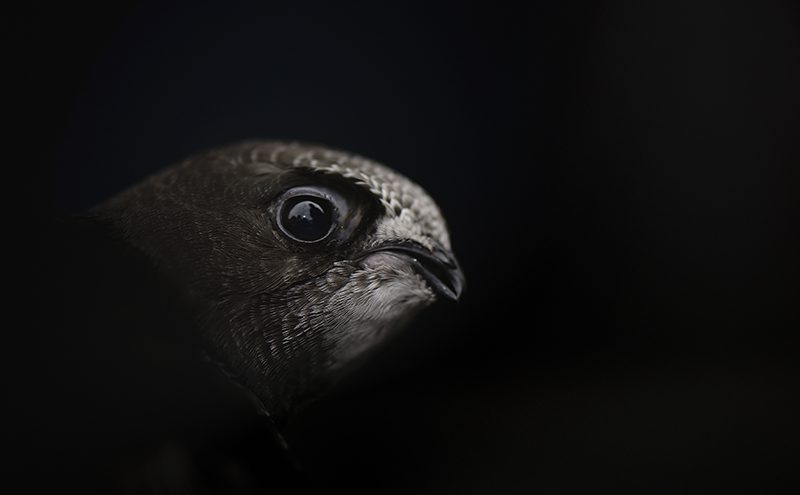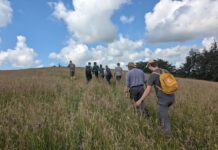
- The RSPB is calling on homeowners and businesses in UK towns and cities to take simple steps to help save swifts
- Swift numbers have plummeted by half in just twenty years
- Now’s the time to act – before the birds return from Africa in spring to raise their families
- The British Trust for Ornithology (BTO) National Nestbox week, 14-21 February, is the perfect time to get bird boxes up
In just a few months’ time, swifts will be making their epic 6,000 mile journey to the UK from Africa to bring up their chicks. But for many, the chance to lay their eggs will be thwarted: the country’s buildings are changing and their former homes under the eaves are gone, as are the spaces we used to leave for them. These birds are now vanishing from our summer skies: half have gone in just twenty years.
So the RSPB is appealing to the public to help provide as many new homes for them as possible. Just 1,000 additional new nestboxes could make a difference.
Swifts are incredible birds, spending most of their lives on the wing and only landing when it’s time to nest. After flying its nest for the first time, a young swift may spend two or three years in the air, eating, drinking, sleeping, bathing and even mating! The swifts that nest in the UK arrive here in late April – May and may spend just 3 months with us; soaring and swooping over rooftops catching insects to eat.
But they’re in serious trouble here, with numbers down to less than half of what they were just 20 years ago. Modern buildings lack the nooks and crannies they need, and swifts are struggling to find homes.
Fortunately there are ways to help these birds. There are special swift nestboxes available, and if you’re having a building constructed or renovated, there’s also the option of the ‘swift brick’. This replaces a standard house brick and can easily be installed by a builder. Swift nestboxes and swift bricks can work especially well when put up in groups, as these birds like to be near other swifts.
RSPB swift lead Jamie Wyver said “We know how to give swifts the new homes they need – now let’s bring them back to our towns and cities!”

Having swifts as neighbours is enjoyed by many homeowners, says an RSPB press release. Research by University of Gloucestershire Masters student Sarah Roberts in 2018 showed that people welcome the birds living on the outside of their homes. When asked whether they thought built-in boxes for bats or for birds like swifts were a good idea, 61% were positive and 36% unconcerned about having them in their own homes.
“We need local councils and developers on board as they have the power to make an enormous difference” Jamie Wyver said “Think of all the new building that’s going on around the UK: with a few tiny changes we could be providing millions of homes for swifts.”
Some developers are already integrating swift homes into new buildings. Prince Charles’ Duchy of Cornwall estate has a policy of providing one swift box for every new home on average and has already installed more than 500 swift boxes in Duchy developments from Cornwall to Oxfordshire, with thousands more in the pipeline. Barratt Developments Plc have added 200 on their Kingsbrook estate in Aylesbury and have plans to install many more around the country.
Find out more at www.rspb.org.uk/homes-for-swifts
Across the UK there are also dedicated swift experts and volunteers working to save swifts, including Swift Conservation , Action for Swifts and the Swifts Local Network








